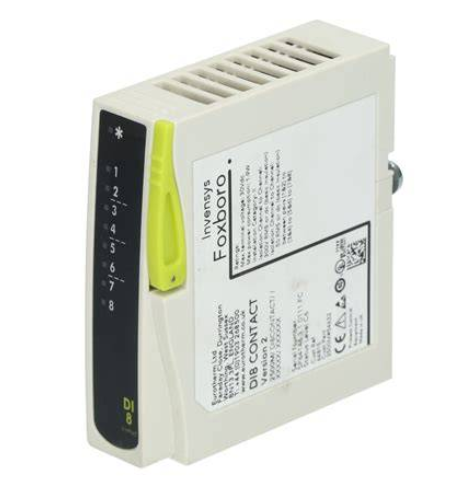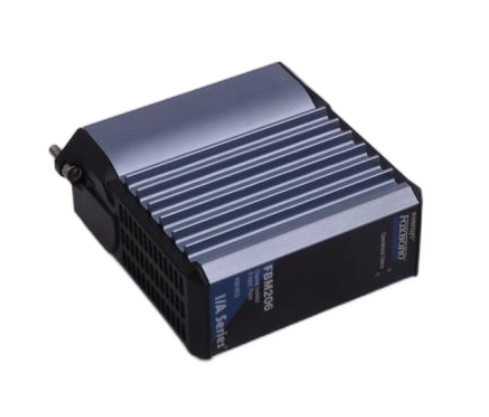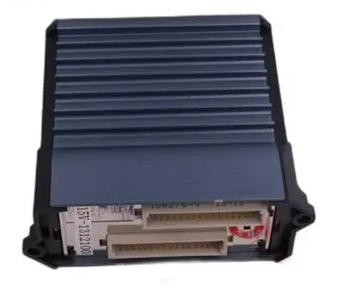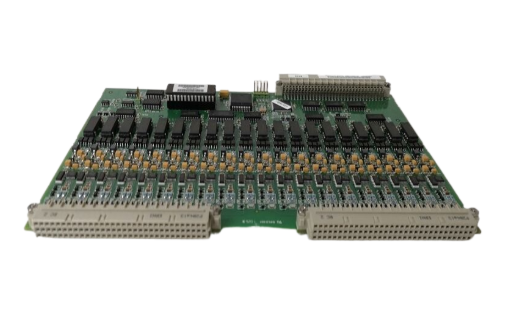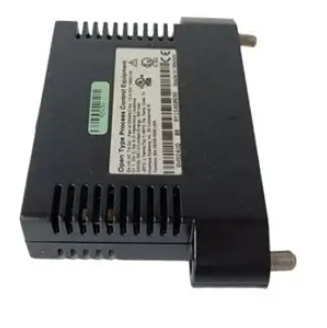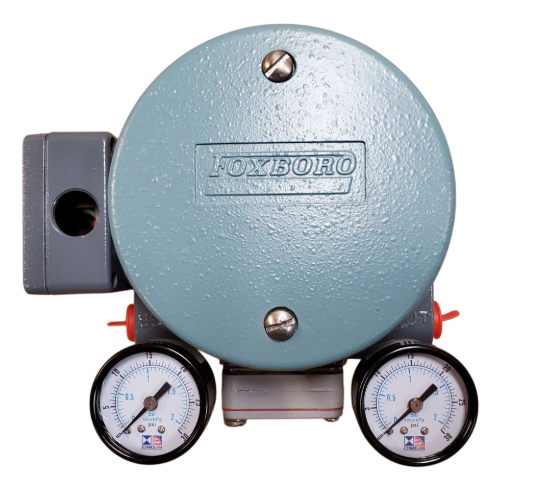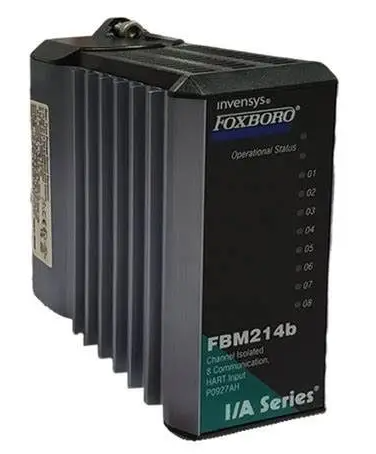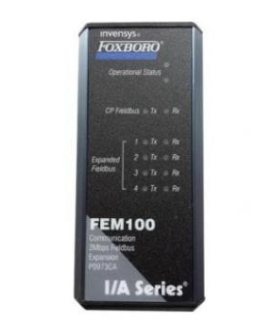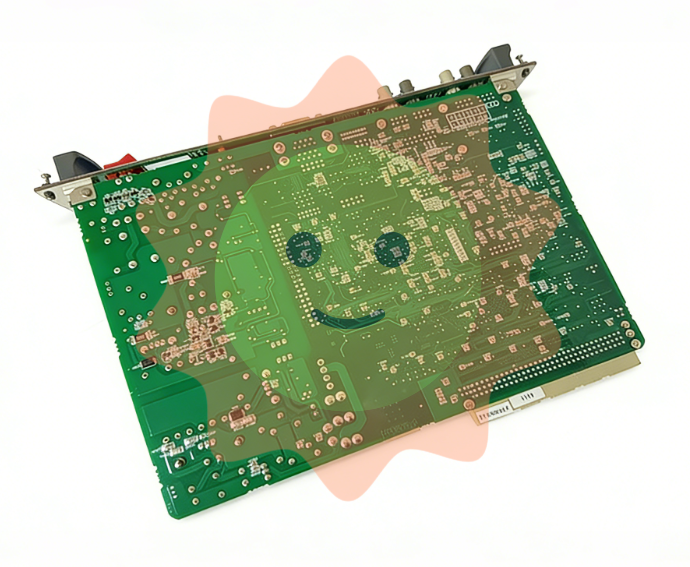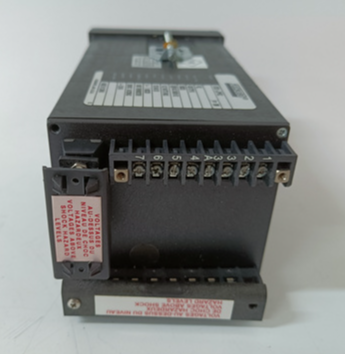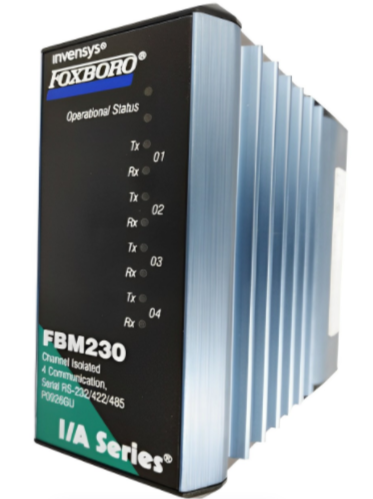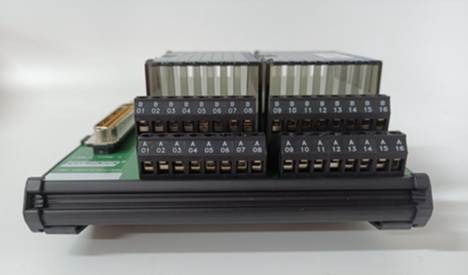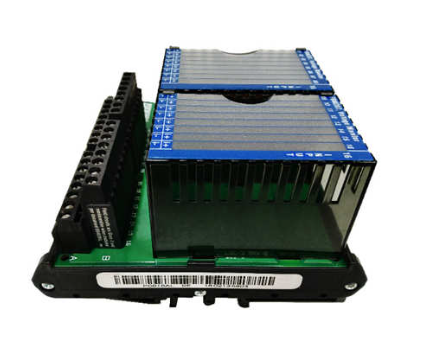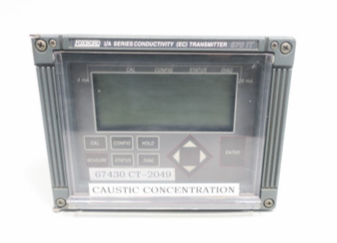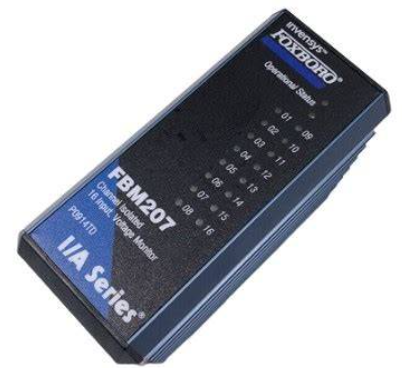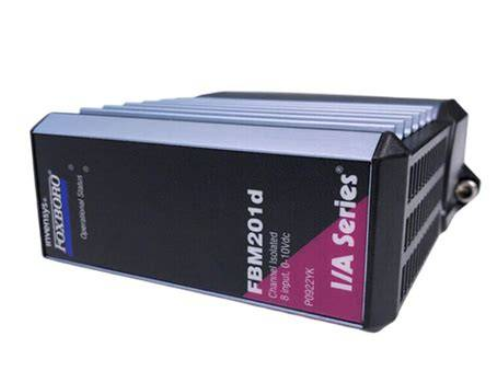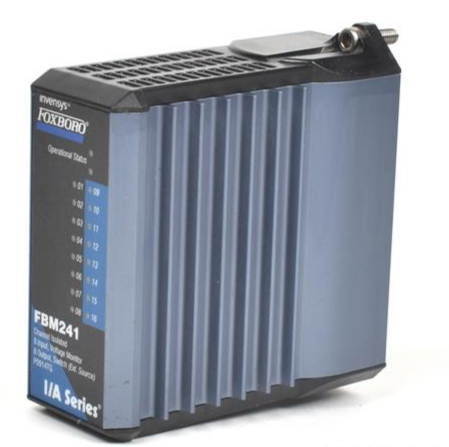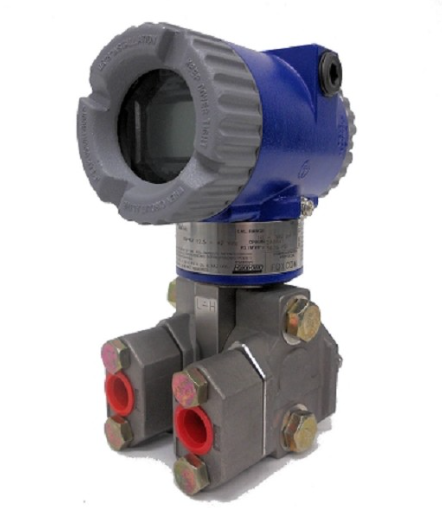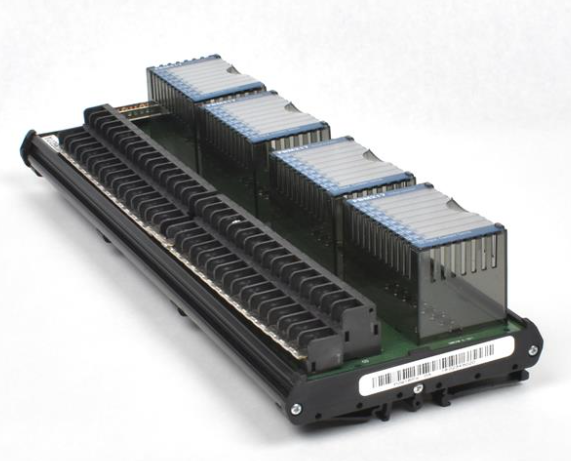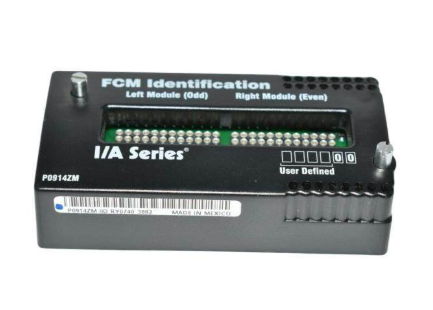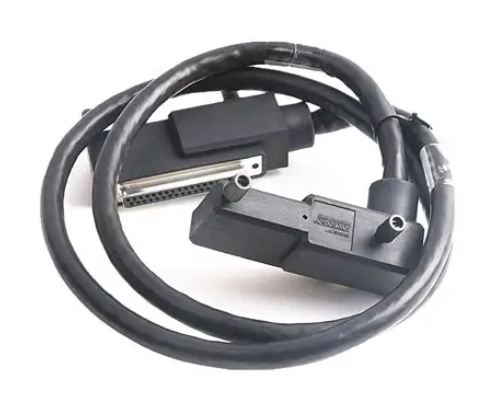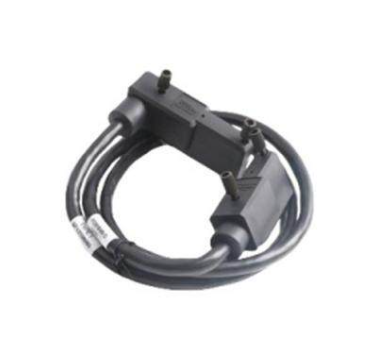The mystery of where the oil and gas came from
Oil is the blood of contemporary industry, the cornerstone of social stability, and the lifeblood of national prosperity.
The word "petroleum" comes from Shen Kuo's "Mengxi Pen Talk", and the description of petroleum in the book is the first record of this substance in human history. Since the discovery of oil, human's application of oil has been uninterrupted, until today, its application covers all aspects of our lives, from aerospace to clothing, food, housing and transportation. It can be said that each of us cannot live without close contact with petroleum products every day. If oil is so important and so close to us, do we know our intimate partner? Where does oil come from, how long can it accompany us, and is it inexhaustible?
The author consulted a lot of literature and found that oil is the first industrial energy factor in today's world, but its source has always been different. The whole can be summarized as "organic origin" and "inorganic origin" two theories. The former believes that petroleum is formed by microorganisms in ancient oceans or lakes after a long evolution, which can be summarized as biological deposition into oil. This theory holds that petroleum takes a very long time to form and cannot be repeated in human history, so petroleum is a non-renewable resource, which is the mainstream view of petroleum geology. The latter believes that oil is generated by the carbon elements in the earth's crust through a variety of physical and chemical reactions under high temperature and pressure, and has nothing to do with biology. This view holds that oil is a renewable resource that is constantly being formed in the Earth's crust. These are two completely different views, which inevitably leads us to ask, is it possible that in today's extremely advanced science and technology, such an important energy source can not be explored? Let's look at the evidence behind each theory.
(1) Organic causes
According to the theory of organic origin, petroleum is formed by organic matter, which mainly comes from four kinds of organisms in ancient times: bacteria, phytoplankton, zooplankton, and higher plants. After the death of these organisms, part of their bodies will be destroyed by oxidative decomposition, but still a part of them will be preserved under suitable conditions in sediment and other sediments. As time goes by, these sediments will be buried deeper and deeper. During the burial process, these organic substances have undergone complex biochemical and chemical changes, forming Kero through the process of sapropelization and humification gen), with the further increase of burial depth, under certain temperature and pressure conditions, kerogen gradually catalytic cracking and thermal cracking formed the initial form of "crude oil". Then these crude oil from the formation of their rocks slip out of the primary migration, secondary migration, and finally in the appropriate environment in a large number of accumulation, the formation of oil reservoirs, and then we find, exploitation and use.

The theory of organic origin of petroleum can also be subdivided into many different branch theories, which are widely recognized and used to guide petroleum exploration work in the United States. Abelson and some other scholars put forward the theory of late organic oil formation of petroleum -- kerogen oil generation theory, which holds that petroleum is insoluble organic matter in sedimentary rocks and is generated by pyrolysis in the late diagenesis. The many bases of organic oil generation theory can be summarized in the following three aspects:
(1) Petroleum fractions are optically active. Organic matter is generally optically active, while inorganic matter is generally not.
(2) The sediments contain all kinds of hydrocarbons that constitute petroleum, and there are many organic compounds with biogenic markers in petroleum, such as foline, phytane and sterane.
(3) Most of the world's 99% oil and gas fields are distributed in sedimentary rock areas.
(2) Inorganic origin
Russian chemist Dmitri Mendeleev is regarded as the originator of the theory of inorganic oil generation. At present, there are two theories of inorganic oil generation which have great influence: one is Gold's ground slow degassing theory; The second is Fischer-Tropsch geological synthesis theory. The theory of inorganic oil generation began to rise in China in the 1980s. Zhang Jinglian, Li Qingzhong and Du Letian are the representatives of this theory.
The theory of earth slow degassing was proposed by Gold et al. based on the formation and evolution models of the solar system and the Earth. It is believed that there is a large amount of methane and other non-hydrocarbon resources in the deep part of the earth, and a large amount of reduced carbon is heated and released in the deep part of the crust through various changes in geological history. Such methane migrates upward, and when there is a mantle plume and a deep and large fracture, such methane gas can be removed It is released through rupture, volcanic activity, or during crustal movements.
- EMERSON
- Honeywell
- CTI
- Rolls-Royce
- General Electric
- Woodward
- Yaskawa
- xYCOM
- Motorola
- Siemens
- Rockwell
- ABB
- B&R
- HIMA
- Construction site
- electricity
- Automobile market
- PLC
- DCS
- Motor drivers
- VSD
- Implications
- cement
- CO2
- CEM
- methane
- Artificial intelligence
- Titanic
- Solar energy
- Hydrogen fuel cell
- Hydrogen and fuel cells
- Hydrogen and oxygen fuel cells
- tyre
- Chemical fiber
- dynamo
- corpuscle
- Pulp and paper
- printing
- fossil
- FANUC
- Food and beverage
- Life science
- Sewage treatment
- Personal care
- electricity
- boats
- infrastructure
- Automobile industry
- metallurgy
- Nuclear power generation
- Geothermal power generation
- Water and wastewater
- Infrastructure construction
- Mine hazard
- steel
- papermaking
- Natural gas industry
- Infrastructure construction
- Power and energy
- Rubber and plastic
- Renewable energy
- pharmacy
- mining
- Plastic industry
- Schneider
- Kongsberg
- NI
- Wind energy
- International petroleum
- International new energy network
- gas
- WATLOW
- ProSoft
- SEW
- wind
- ADVANCED
- Reliance
- YOKOGAWA
- TRICONEX
- FOXBORO
- METSO
- MAN
- Advantest
- ADVANCED
- ALSTOM
- Control Wave
- AB
- AMAT
- STUDER
- KONGSBERG
- MOTOROLA
- DANAHER MOTION
- Bently
- Galil
- EATON
- MOLEX
- Triconex
- DEIF
- B&W
- ZYGO
- Aerotech
- DANFOSS
- KOLLMORGEN
- Beijer
- Endress+Hauser
- MOOG
- KB
- Moxa
- Rexroth
- YAMAHA
- Johnson
- Westinghouse
- WAGO
- TOSHIBA
- TEKTRONIX


Email:wang@kongjiangauto.com

